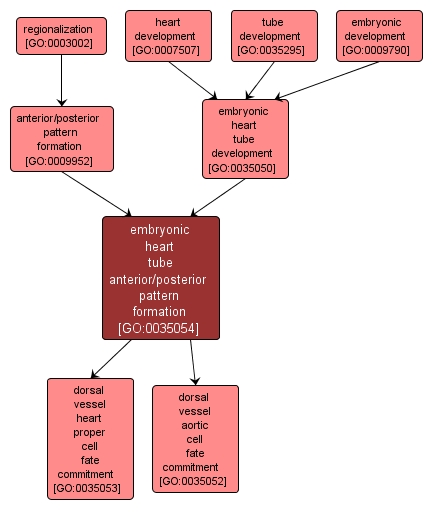| Desc: |
The establishment, maintenance and elaboration of cell differentiation that results in the anterior/posterior subdivision of the embryonic heart tube. In Drosophila this results in subdivision of the dorsal vessel into to the posterior heart proper and the anterior aorta. |














